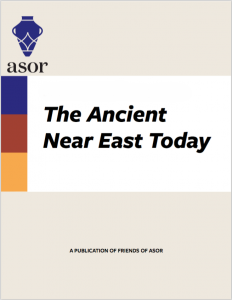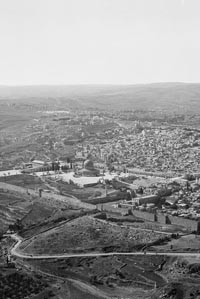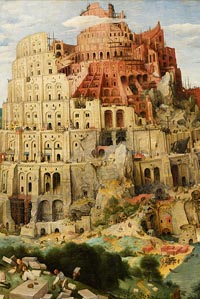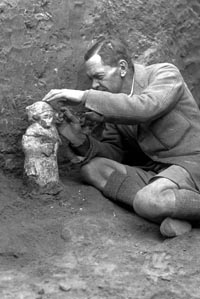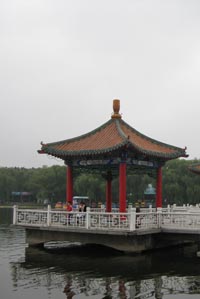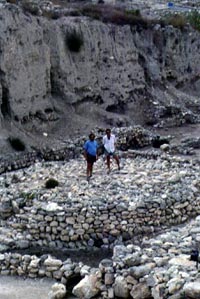

August 2014
Vol. 2, No. 8
Welcome to The Ancient Near East Today Vol. II, No. 8! This month we travel from Jerusalem to Istanbul, and from London to Manchuria, with stops in Washington, D.C. and Tucson, Arizona.
Cities are a leading theme. Daniel Pioske reviews the history of settlement in Jerusalem for clues to its central place in the Biblical narratives. In contrast, Ömür Harmanshah looks at the ways ancient and modern rulers claim to have built cities, even when they haven’t.
We also take a look behind the scenes. Gareth Brereton describes the British Museum’s efforts to put all the finds from the Ur excavations online, and Elizabeth Wheat describes what it was like teaching Assyriology in northeast China. The Ancient Near East Today editor Alex Joffe looks back at what it was like studying Syro-Palestinian (not Biblical!) archaeology at the University of Arizona, and ASOR describes a major new project to protect Syrian antiquities.
Finally, in our Friends of ASOR podcasts, we talk to J.J.M. Roberts about a new fragment of the Epic of Gilgamesh that has changed our view of this ancient hero.
As always, we encourage you to send The Ancient Near East Today articles to family and friends, post links to Facebook and Twitter, and to be in touch with the editor. Remember, being a Friend of ASOR is free, so please spread the news!
 David’s Jerusalem
David’s Jerusalem
By Daniel Pioske
In a letter sent to Charlemagne sometime just prior to 800 CE, Alcuin of York praised his “David,” as Charlemagne wished to be called later in life, for the benevolence with which he “ruled and governed” over Jerusalem.
READ MORE
 Cities of Desire
Cities of Desire
By Ömür Harmanşah
In his Invisible Cities, the Italian writer Italo Calvino wrote that “cities, like dreams, are made of desires and fears, even if the thread of their discourse is secret, their rules are absurd, their perspectives deceitful, and everything conceals something else.”
READ MORE
 Ur of the Chaldees. A Virtual Vision of Woolley’s Excavations at Ur
Ur of the Chaldees. A Virtual Vision of Woolley’s Excavations at Ur
By Gareth Brereton
Tell al-Muqayyar – better known as the ancient city of Ur – is one of the most remarkable archaeological sites discovered in the Middle East. The remains of this ancient settlement form a mound rising to a height of more than twenty meters above the southwestern flood plain of the Tigris and Euphrates Rivers in southern Iraq, near the modern city of Nasiriyah.
READ MORE
 From Birmingham to Manchuria: A Visiting Ancient Near Eastern Scholar in China
From Birmingham to Manchuria: A Visiting Ancient Near Eastern Scholar in China
By Elizabeth Wheat
Birmingham, in the West Midlands, is 5000 miles from Manchuria. After graduating with a Ph.D. in Assyriology from the University of Birmingham in July 2013, I left the UK to travel to China, undertaking a position as Foreign Expert at the Institute for the History of Ancient Civilizations (IHAC) at Northeast Normal University in the city of Changchun in Jilin Province.
READ MORE
 Tucson, August 1984
Tucson, August 1984
By Alex Joffe
Tucson in August is predictably hot. But no one had told us that the center lanes on the major east-west roads change direction at rush hour, or that at 4 p.m. the skies erupt with a biblical deluge. The steam rose off the streets as we arrived at the apartment, foretelling the next few years of graduate school, the predictable, the unknown, and the deluge.
READ MORE
